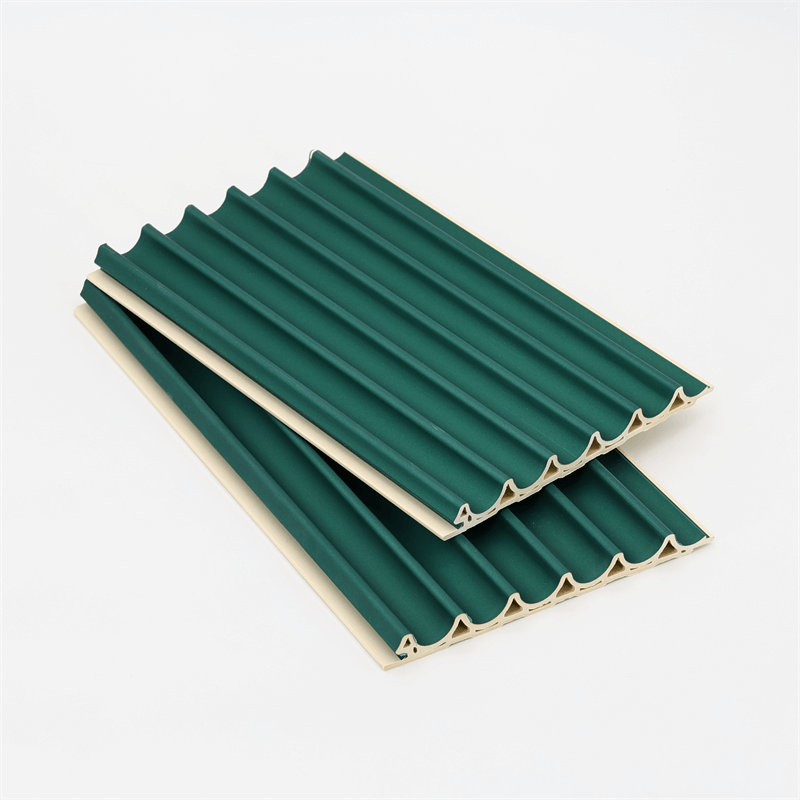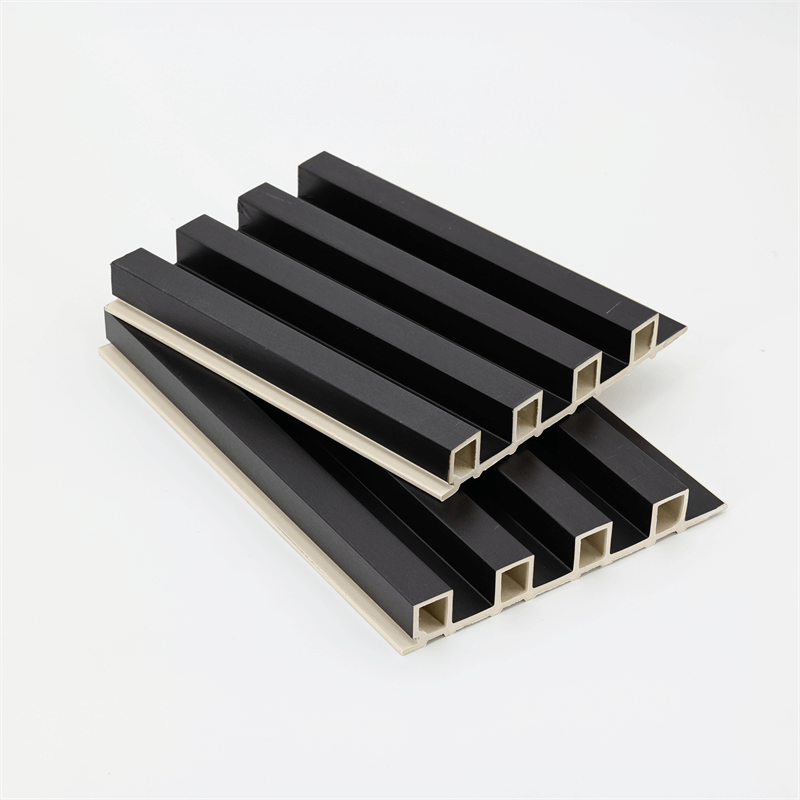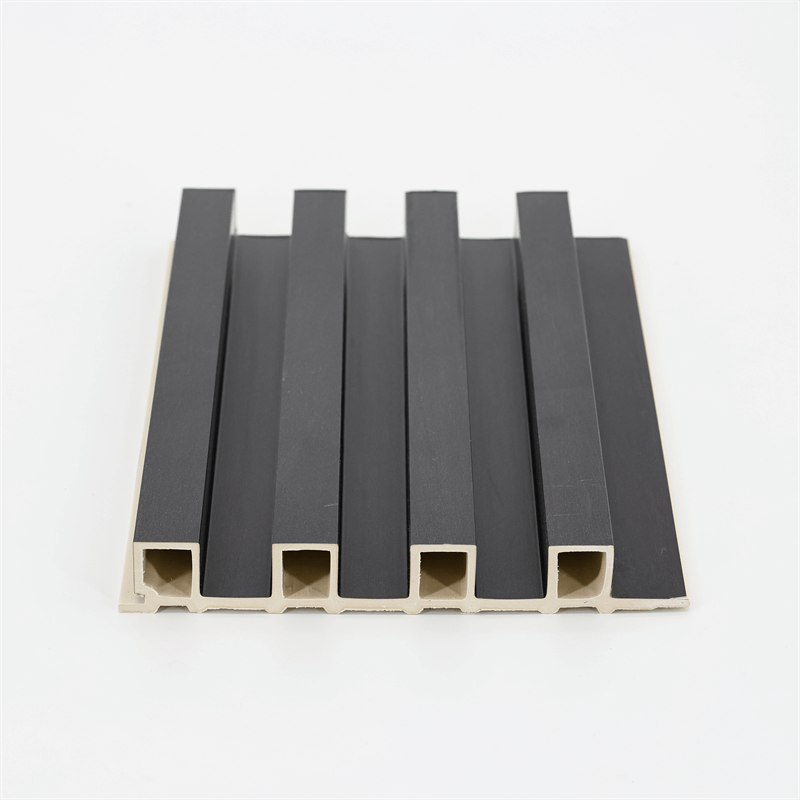Accent walls are an effective way to add visual interest, depth, and personality to any space. Among the many options available, WPC (Wood-Plastic Composite) wall panels have gained popularity as a versatile and aesthetically appealing choice. These panels offer a wide range of design possibilities, allowing homeowners and designers to create stunning accent walls that make a bold statement. In this essay, we will explore the concept of accent walls and delve into the various ways WPC wall panels can be used to create visually stunning focal points. We will discuss design considerations, color and texture options, installation techniques, and the benefits of using WPC wall panels for accent walls.
I. The Power of Accent Walls:
1.1 Definition and Purpose: An accent wall is a single wall in a room that is different from the other walls in terms of color, texture, or pattern.
Its purpose is to draw attention, create visual interest, and serve as a focal point within the space.
Accent walls can transform the ambiance of a room, add depth and dimension, and enhance the overall design aesthetic.
1.2 Design Impact: Accent walls offer endless design possibilities.
They can be used to highlight architectural features, create a backdrop for artwork or focal furniture pieces, define separate zones within an open floor plan, or simply infuse a burst of color and personality into a space. When executed thoughtfully, accent walls can elevate the design of a room and leave a lasting impression.
II. Utilizing WPC Wall Panels for Accent Walls:
2.1 Versatile Design Options: WPC wall panels come in a variety of colors, textures, and finishes, making them a versatile choice for accent walls.
They can mimic the appearance of natural wood, provide sleek and contemporary finishes, or even offer textured surfaces that add depth and tactile interest.
The wide range of design options ensures that there is a suitable choice for every interior style and personal preference.
2.2 Choosing Colors and Textures: When selecting WPC wall panels for an accent wall, consider the overall color scheme and design theme of the room.
Opt for colors and textures that complement the existing decor or create a striking contrast. Natural wood tones can add warmth and sophistication, while bold colors can make a strong statement.
Textured panels can create visual interest and amplify the impact of the accent wall.
2.3 Placement and Scale: The placement of the accent wall is crucial for achieving the desired effect. Consider the room’s focal points and architectural features when selecting the wall to accentuate.
It could be a wall behind the bed in a bedroom, the wall facing the entryway in a living room, or the wall behind the dining table in a dining area.
Additionally, consider the scale of the wall in relation to the room’s dimensions. A larger wall may require larger panels or a patterned arrangement, while a smaller wall may benefit from a more subtle approach.
III. Installation Techniques and Considerations:
3.1 Panel Layout and Arrangement: Before installation, determine the layout and arrangement of the WPC wall panels for the accent wall.
Panels can be installed vertically, horizontally, or even in a patterned design. Vertical installation can visually elongate the room, while horizontal installation can add width.
Patterned arrangements, such as herringbone or chevron, can create a dynamic and eye-catching effect.
3.2 Preparation and Surface Treatment: Ensure that the wall surface is clean, smooth, and free from any imperfections.
Any existing paint or wallpaper should be removed, and the wall should be primed if necessary.
Depending on the type of WPC wall panels, some may require a specific surface treatment, such as sanding or priming, before installation. Follow the manufacturer’s guidelines for the best results.
3.3 Installation Techniques: WPC wall panels can be installed using various techniques, including adhesive bonding, screws, or a combination of both.
Adhesive bonding provides a seamless and clean look, while screws offer a more secure installation.
Follow the manufacturer’s installation instructions and use appropriate tools and techniques for a professional finish.
IV. Benefits of Using WPC Wall Panels for Accent Walls:
4.1 Durability and Longevity: WPC wall panels are known for their durability and resistance to moisture, rot, and termites.
They are designed to withstand the test of time, ensuring that your accent wall remains visually stunning and intact for years to come.
4.2 Low Maintenance: WPC wall panels require minimal maintenance, making them a convenient choice for accent walls.
They can be easily cleaned with mild soap and water, and they do not require painting, sealing, or refinishing like traditional wood walls. This saves time, effort, and money in the long run.
4.3 Eco-Friendly Option: WPC wall panels are often made from recycled materials, making them an eco-friendly choice.
By using WPC panels for accent walls, you contribute to sustainability efforts and reduce the demand for virgin wood or other non-renewable resources.
4.4 Cost-Effective Solution: Compared to other wall cladding options, WPC wall panels offer a cost-effective solution for creating stunning accent walls.
They provide the aesthetic appeal of natural wood or other materials at a more affordable price point. Additionally, their durability and low maintenance requirements translate to long-term cost savings.
Conclusion: Creating stunning accent walls with WPC wall panels offers a plethora of design possibilities, from natural wood tones to bold colors and textured finishes.
By carefully selecting colors, textures, and installation techniques, you can transform any space into a visually captivating and personalized environment.
The durability, low maintenance, and eco-friendly nature of WPC wall panels make them an ideal choice for accent walls that leave a lasting impression.
Whether used in residential or commercial settings, these panels can elevate the design aesthetic and contribute to the overall ambiance of a space.
WPC wall panels provide an excellent opportunity to create stunning accent walls that enhance the aesthetic appeal of any space.
With their versatile design options, including various colors, textures, and finishes, these panels offer endless possibilities for customization.
By strategically selecting the right colors and textures, considering the placement and scale of the accent wall, and utilizing proper installation techniques, you can transform a room into a visually captivating and personalized environment.
The benefits of using WPC wall panels for accent walls are abundant.
Their durability and resistance to moisture, rot, and termites ensure that your accent wall remains visually appealing and intact for years to come.

Additionally, the low maintenance requirements of WPC panels save time, effort, and money in the long run, making them a practical and convenient choice.
Furthermore, opting for WPC panels contributes to sustainability efforts as they are often made from recycled materials, reducing the demand for virgin wood or non-renewable resources.
Moreover, WPC wall panels offer a cost-effective solution for creating stunning accent walls.
They provide the aesthetic appeal of natural wood or other materials at a more affordable price point, making them an accessible option for homeowners and designers with varying budgets.
The long-term cost savings due to their durability and low maintenance requirements further add to their cost-effectiveness.
In conclusion, utilizing WPC wall panels for accent walls is a smart design choice that can transform the ambiance and visual impact of any space.
Whether it’s a residential home, an office, a retail store, or any other environment, these panels provide versatility, durability, low maintenance, and cost-effectiveness.
By leveraging the wide range of design options, homeowners and designers can create stunning accent walls that become focal points and elevate the overall aesthetic of the space.


